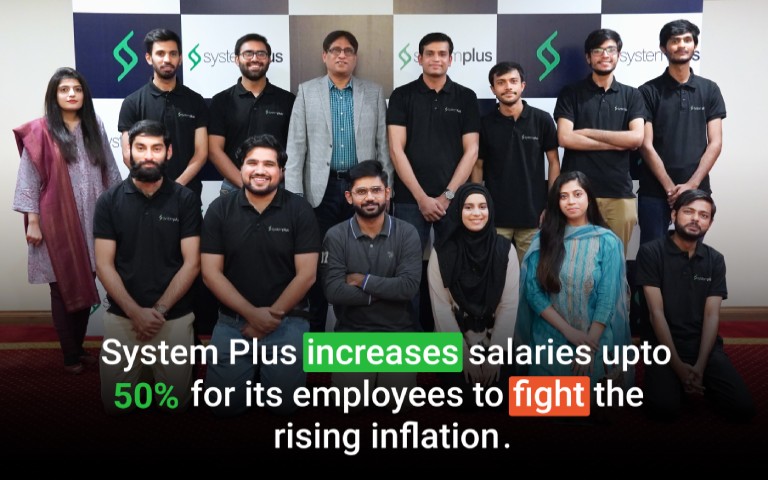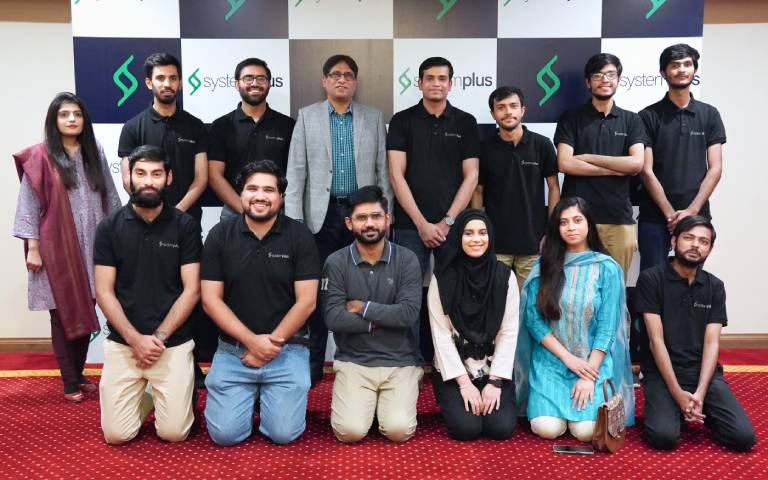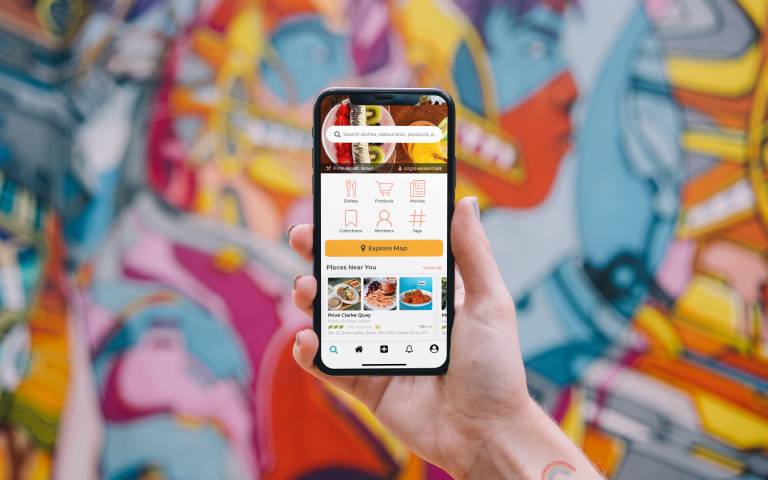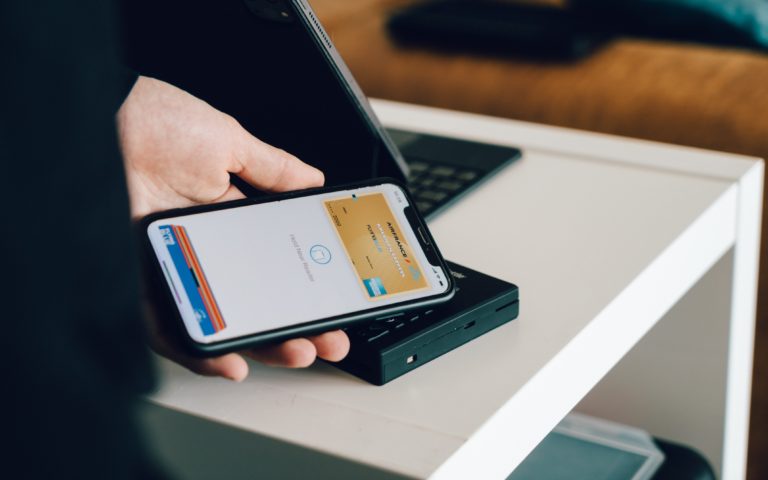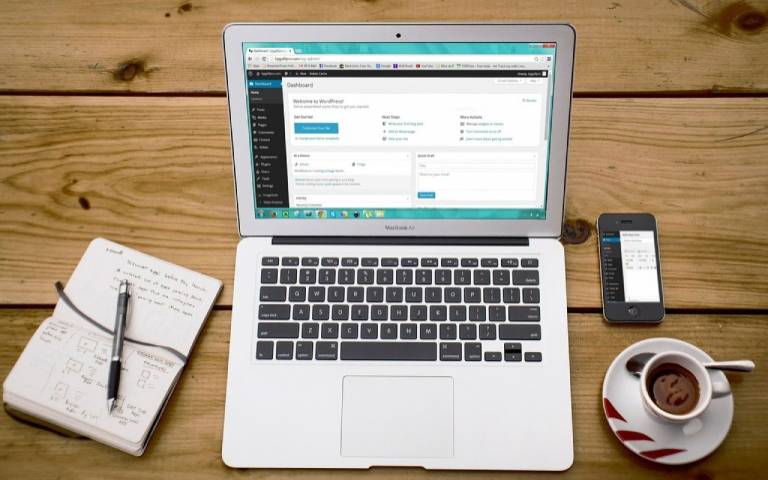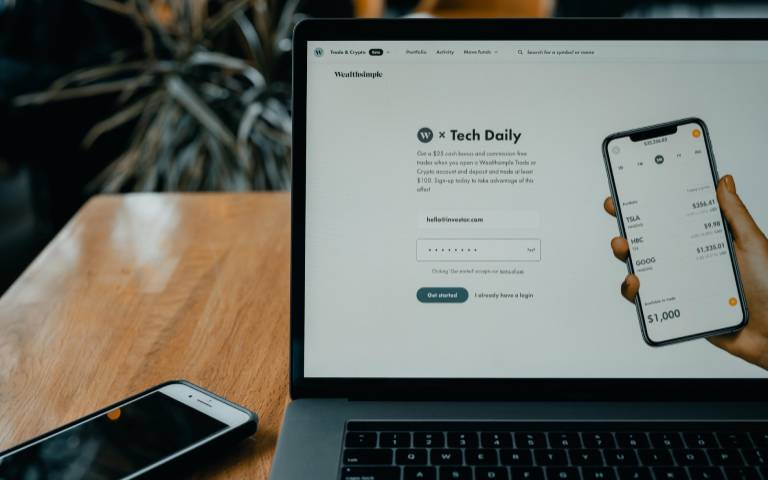Website Accessibility: Why and How to Make Your Website Accessible

Each website proprietor needs to draw in as many visitors as would be prudent. Be that as it may, hardly any of them make their customer journey easy enough to guarantee their site can be utilized by everybody. There are a great number of users out there who depend on websites being accessible, and if you do not set aside the effort to comprehend their necessities, everybody will be passing up a major opportunity.
Luckily, accessibility is not hard to execute. You only need to comprehend the fundamental issues that can make a website hard or difficult to utilize by specific individuals. When you do, you can find ways to keep away from those mistakes and make your website more welcoming to all the viewers.
In this blog, we will have a glance at what site accessibility really includes and why it’s so crucial. We will additionally lay out the main accessibility rules and tell you the best ways to execute them on your website. Let’s get moving!
What is website accessibility?
site on the internet. It should not matter that they have a condition that influences their capacities or which equipment and programming they need to utilize. This is the basic principle precept behind the idea of website accessibility.
The truth of the matter is that a large number of web users have unique necessities, handicaps, and impedances that can make it troublesome or even impossible for them to utilize particular sorts of sites. By planning your site while keeping these difficulties in mind, you can guarantee that it is welcoming to as many clients as would be possible.
While there are a ton of inabilities and conditions that can influence the manner in which individuals use sites, let’s investigate the absolute most normal classifications of disabilities:
- Visual Impairment: This incorporates a fractional or absolute inability to see or to perceive shading contrasts.
- Hearing Impairment: Some clients have a decreased capacity to hear.
- Engine Skills/Physical Disabilities: Users might experience issues moving parts of their bodies, including making exact movements (like while utilizing a mouse).
- Photosensitive Seizures: Conditions, for example, epilepsy can cause seizures that are frequently set off by glimmering lights.
- Intellectual Disabilities: There are likewise many conditions that influence intellectual capacity, like dementia and dyslexia.
To work around these problems, many individuals utilize assistive technologies to search the web. This incorporates screen readers that vocalize the text on every page, speech recognition software that changes over speech into text, Braille terminals, and surprisingly alternative keyboards that oblige uncommon necessities.
Thus, it is feasible for nearly anyone to search the web. What is more, you can make their encounters essentially better by planning your website in view of accessibility.
Why is website accessibility important?
Web accessibility is important for various reasons, a significant number of which are the social, monetary, and legal fabric of society.
Social Importance
Web accessibility is a social problem for individuals living with disabilities. The capacity to get to the web, it’s content, and administrations without boundaries permits all individuals to take part in our society and, in this way, forestalls further underestimation.

Around 15% of the total populace is living with disabilities. This figure is probably going to increase as individuals carry on with longer lives and experience more prominent constraints to their vision, motor capacities, and hearing.
Financial Opportunities
Web accessibility assists brands with contacting a lot bigger crowd, which can prompt new clients and an increment in profit margin. Besides, disregarding the impaired community implies overlooking a large number of possible clients with billions in buying power. As per a study, online retailers in the UK lost up to £11.75 billion because of an absence of web accessibility.
Legal Requirements
In many spots, web accessibility is ensured under the law. In the US, Canada, and EU, web accessibility is a right and consequently brands need to guarantee their sites and online content are open. Inability to follow web accessibility guidelines can land brands in steaming hot water.
In 2019, a claim was documented against Beyonce’s entertainment organization, Parkwood Entertainment, charging the endorser’s site isn’t as expected accessible to visually impaired viewers who depend on screen readers. The lesson of the story: assuming Beyonce can’t pull off an inaccessible site, nobody can.
How to make your website more accessible?
Web content can be introduced in various structures: text, picture, sound, video, etc. All the content types ought to be accessible as much as could be expected to all individuals, incorporating Internet users with visual, hear-able and motor handicaps.
Assuming you have images or photographs on your site, which serve more than a decorative function and cover significant data, then, you ought to compose ALT property for them that momentarily passes on the substance and principle point of those photos. Screen readers will voice your ALT text to visually hindered individuals. Coincidentally, having ALT qualities refines your SEO, as it is taken into account when showing aftereffects of picture search.
Assuming that your site contains prerecorded video or sound media, make this content available for hearing-impaired individuals as well. Make captions, sound portrayals, or even gesture based communication translation of your video/sound contains human speech.
Give your visitors ways of defining on which part of the site they are and explore the content they need. Make all your site functionality operable from a keyboard to ease life for the people who think that it is difficult to utilize a mouse and touchpad. Ensure they can jump to all menus and content with keystrokes and mouse clicks similarly well. This additional choice likewise assists non-disabled clients whose mouse is briefly broken or ran out of batteries. So you will improve the site experience for everybody.
Ways to make your website accessible
Following are some of the ways to make your website accessible:
1. Ensure Your Website Is Keyboard-Friendly
This is the most significant step. Set forth plainly: for a site to be accessible, it should work without the utilization of a mouse. This is because numerous assistive technologies depend on keyboard only navigation. Accordingly, it should be feasible to utilize every one of your website’s significant features by means of a keyboard and that’s it. This incorporates getting to all pages, connections, content, etc.
The most well-known method of exploring utilizing a keyboard is with the Tab key. This will bounce between regions on a page that can have keyboard focus, which incorporates connections, buttons, and forms. Subsequently, your objective ought to be to guarantee that all website content and navigation can be gotten to utilizing Tab buttons. This is not difficult to test – basically utilize your own website without a mouse. Assuming you observe that you cannot get to specific features or that navigating is troublesome, you can pinpoint those issues and address them.
2. Ensure All Content Is Easily
Accessible As well as making your website keyboard friendly, you additionally need to guarantee that all substance on the page is really accessible. While this is normally not an issue, it tends to be an issue when a page contains dynamic content.
To put it plainly, the content is dynamic if it changes without the page it’s on reloading. This can turn into an issue if the website does not advise assistive tools regarding the change. For instance, many screen readers will possibly read the website as it seems when it first loads. Accordingly, you want to make it mindful when something shifts, or the viewer will miss the new content.
One way you can do this is by utilizing ARIA landmarks. These are labels you add to content to simply define it on the page. You can label dynamic content as a live region, which empowers screen readers and comparable gadgets to comprehend the content as it changes.
ARIA is likewise helpful for making navigation more clear as it allows clients to jump straightforwardly to explicit content. Thus, they will not need to tab through each menu thing just to get to your fundamental content and can undoubtedly disregard other link-heavy areas. A similar impact can be accomplished utilizing jump to-main links, which are imperceptible links that let clients skip menus. ARIA will in general be more adaptable and effective.
3. Pick Your Colors Carefully
Often, we talk about color blindness as though it is a, in all seriousness, high contrast issue. In any case, its all the more a range since different individuals see tones in distinctive ways (recall The Dress)? Accordingly, you really want to ensure the colors you select on your website contrast well to guarantee that everybody can recognize different components on the page.
The most major problem is ensuring that text stands out against the background. Preferably, you should set a dark shade against a light one, ensuring that they do not bleed into one another.

Let’s say you need to utilize a blue shading plan. You would need to try not to make a palette where the shades are too comparable in tone and saturation. There are a lot of online softwares and tools you can utilize to find and test color combinations. WebAIM has one, and we additionally like Contrast Checker since it gives you a score continuously. The latter apparatus additionally empowers you to change to monochrome to find out about how powerful any given combination is.
4. Use Headers to Structure Your Content Correctly
One more important task to make your website accessible is organizing your content by utilizing headers cautiously. Doing this will allow your content to be a lot more clear and digest and further develop flow.
Furthermore, clear headers additionally assist with screen readers deciphering your pages. This makes it a lot more straightforward to give in-page navigation. It is additionally easy to do as you just need to guarantee you utilize the right heading levels in your content.
For example, you should just utilize one H1 per page typically as the page title. This can be trailed by subheadings beginning with H2, which would then be able to be settled further with H3, trailed by H4. These ought to consistently be utilized in a sequence so you ought to try not to utilize a H4 directly after a H2, (etc).
5. Plan Your Forms for Accessibility
Forms are a valuable expansion to most websites yet should be planned cautiously. What is most crucial is to guarantee that each field is unmistakably marked. You ought to likewise aim to put the labels adjoining the individual fields. While a located client can undoubtedly coordinate with a label to the related field or choice, this may not be clear for somebody utilizing a screen reader.
You ought to likewise aim to give guidelines and data in an unmistakable manner that the client can undoubtedly comprehend. To make accessible forms in WordPress, you can utilize software like the Caldera Forms builder. This is a plugin explicitly centered around accessibility, which will make your work a lot much easier.
6. Do Not Utilize Tables for Anything Except Tabular Data
With regards to showing information, tables are very helpful. They make it a lot more simple for all clients, including those utilizing assistive technology, to parse a lot of information. To get the greatest advantage, nonetheless, you will need to keep your tables as basic as possible.
What’s more, it is best to abstain from utilizing tables for everything except tabular information. For instance, you should never utilize a table for designs, records, or whatever else. This can be befuddling to screen readers and similar devices.
7. Empower Resizable Text That Does Not Break Your Website
Most gadgets and browsers will empower clients to resize the text, which can be useful for those with visual disabilities. Nonetheless, if you do not assemble your website to support this element, resizing text could break your whole design or make it hard to associate with your website.
A decent practice is to stay away from absolute units, for example, determining text size utilizing pixels. All things being equal, utilize relative sizes, which empower the text to scale contingent upon other content and screen size.
You ought to likewise never turn off client scalability as this will make it hard for clients to resize the text by any means. To ensure your website meets these requirements, test your text sizes completely by expanding the zoom level in your own browser.
8. Keep away from Automatic Media and Navigation
Automatically playing media files has been a most despicable aspect of web clients since the times of MySpace. Really irritating to have music or recordings start when a page starts, this is a much greater issue as far as accessibility is concerned.
For instance, sorting out some way to turn off the media can be troublesome when utilizing a screen reader, while different clients could just be befuddled or even scared by the unexpected noise. You should try not to incorporate components that begin without the client first inciting them.
It’s likewise the best to keep away from programmed navigation, like carousels and sliders. This can be unimaginably baffling if the watcher needs more time to ingest all the data prior to continuing on to the next slide or area.
Make Content With Accessibility in Mind
Finally, we got to the core of your website: its content. While planning your website for accessibility is immensely significant, you should remember similar contemplations when making content.
This implies focusing on somewhat minor things, for example, in every case completely working out abbreviations, to more significant points, such as ensuring you give every one of your connections remarkable, engaging names and anchor text.
If you have read through this whole blog, you will now have a clear idea of the potential issues that can bring issues to specific clients. Remember that similarly as your site ought to be accessible by anyone your content ought to be also accessible and readable regardless of who finds it.
Final Thoughts
Ensuring your website welcomes as many individuals as could be expected under the circumstances should be a first concern. There is no excuse to prohibit anyone, particularly since it is somewhat simple to abstain from doing as such. Not exclusively will your clients thank you, however you will additionally see benefits as expanded traffic and conversions.
You should take time to comprehend the potential imperfections in your design and content, so that you can ensure your website is upgraded for accessibility.
At System Plus, our main goal is to enable individuals to get on the web. That implies we treat accessibility in a serious way. If by any chance you are prepared to set up a website, we can help you do that. Check how we have helped other clients make their websites accessible.

